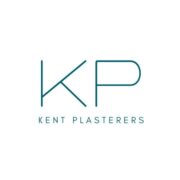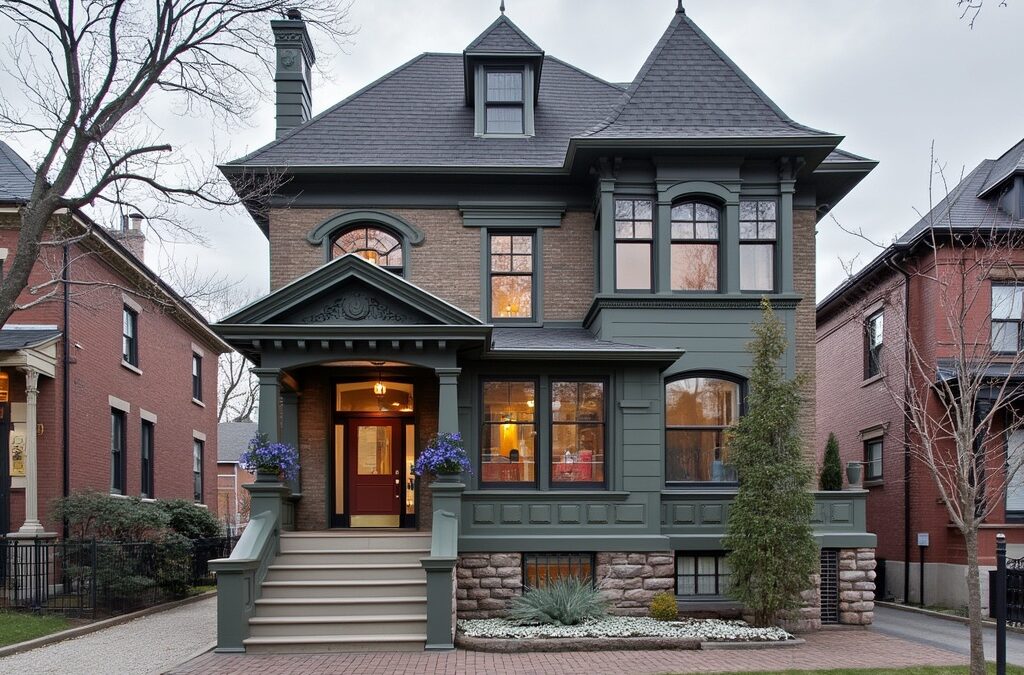Unlock the secrets of successful property renovation and restoration with expert insights that blend traditional craftsmanship with modern techniques.
Understanding the Difference: Renovation vs Restoration
When embarking on a period property project, understanding the fundamental differences between renovation and restoration is crucial. Renovation typically involves modernising and updating a property while potentially altering its original character. This approach focuses on improving functionality and incorporating contemporary amenities. In contrast, restoration aims to return a property to its original condition, preserving historical authenticity and architectural significance. Recent studies show that 68% of UK period property owners prefer a blend of both approaches, creating homes that honour historical features while offering modern comfort.
- Renovation: Updates property to modern standards, allows for layout changes, and incorporates new features
- Restoration: Preserves original features, uses traditional materials, and maintains historical accuracy
- Hybrid Approach: Combines both methods for optimal results
Assessing Your Period Property
Before commencing any work, a thorough evaluation of your property is essential. Professional surveyors report that 85% of period properties in the UK require specialist assessment before major works begin. This evaluation should examine structural integrity, historical significance, and potential challenges. Key areas to assess include:
- Structural condition of walls, floors, and roof
- Presence of damp or timber decay
- Historical features worth preserving
- Previous modifications or repairs
- Environmental factors affecting the building
Planning Your Project
Successful period property transformation requires meticulous planning. Recent data indicates that well-planned renovation projects typically save 23% on overall costs. Start by establishing clear objectives and securing necessary permissions. Create a detailed timeline and budget, allowing for contingencies. Consider these essential planning elements:
1. Obtain necessary planning permissions and listed building consent if required
2. Research local conservation area restrictions
3. Create a realistic budget with a 20% contingency
4. Develop a detailed project timeline
5. Assemble a team of qualified professionals
Preserving Historical Features
The preservation of original features is paramount in period property work. Traditional craftsmanship techniques, combined with modern conservation methods, ensure the longevity of historical elements. Studies show that properties maintaining original features can command up to 30% higher market values. Focus on preserving:
– Original plasterwork and cornices
– Traditional windows and doors
– Period fireplaces and surrounds
– Historical flooring materials
– Authentic architectural details
Modernizing Without Compromise
Incorporating modern amenities while maintaining period charm requires careful consideration. The key lies in subtle integration that doesn’t detract from the property’s character. Recent surveys indicate that 75% of period property owners prioritize energy efficiency improvements. Consider these modern updates:
- Energy-efficient heating systems concealed within original features
- Discrete modern lighting solutions
- Updated plumbing and electrical systems
- Contemporary kitchen and bathroom facilities
- Smart home technology integration
The Role of Professional Expertise
Professional expertise is crucial for successful period property projects. Industry statistics show that projects managed by specialists are 40% more likely to finish on time and within budget. Key professionals to consider include:
- Heritage architects
- Master plasterers specializing in traditional techniques
- Conservation specialists
- Period property surveyors
- Traditional craftsmen
Common Challenges and Solutions
Period property projects often present unique challenges requiring specific solutions. Understanding and preparing for these challenges is crucial for project success. Research indicates that 62% of period property renovations encounter unexpected issues, making preparation essential.
- Structural Issues: Address underlying problems before cosmetic work
- Damp Problems: Implement appropriate damp-proofing solutions
- Material Matching: Source authentic or appropriate replacement materials
- Building Regulations: Navigate modern requirements while preserving character
- Budget Management: Plan for unexpected discoveries and additional work
Final Considerations and Next Steps
Maintaining your renovated or restored property requires ongoing attention and care. Establish a maintenance schedule and regularly inspect key areas to prevent future issues. Statistics show that well-maintained period properties retain their value 35% better than those without regular upkeep. Consider these final recommendations:
- Create a detailed maintenance schedule
- Document all work carried out
- Keep records of original features and materials
- Build relationships with reliable specialists
- Plan for periodic inspections and updates
Remember, successful period property renovation and restoration is a journey that requires patience, expertise, and attention to detail. By following these guidelines and working with qualified professionals, you can create a home that beautifully combines historical character with modern comfort.
FAQ
Does homeowners insurance cover restoration?
In many cases, standard homeowner’s insurance policies cover the cost of cleaning and restoration, especially when the damage is caused by covered perils such as fire, water leaks, or storms. However, it’s important to note that insurance policies may have certain limitations or exclusions.
What are the 4 steps of restoration?
Four Steps of Restoration: Confession, Cleansing, Creating and Calling. Psalm 51 is for all of us because we all break the rules of relationship. Let’s own it like King David did (Psalm 51:3), confess, be cleansed, ask God to create something new in us and for His glory!
What is included in restoration?
Restoration refers to the holistic process of returning property to its pre-loss condition after damage has occurred. Whether the damage comes as a result of a sudden disaster or a long-standing issue, the task of restoration consists of two main steps: Mitigation and Reconstruction.
Are refurbish and renovate the same thing?
The main difference between refurbishment and renovation is that refurbishment focuses on improving aesthetics while renovation changes the entire structure of a building.
Sources
[1] https://advancedrestoration.org/key-differences-between-building-restoration-renovation/
[2] https://www.stovallconstructioninc.com/news/renovation-restoration-remodeling-refurbishment/
[3] https://www.designblendz.com/blog/building-restoration-or-renovation-or-remodel-whats-the-difference-and-which-is-best-for-my-project

